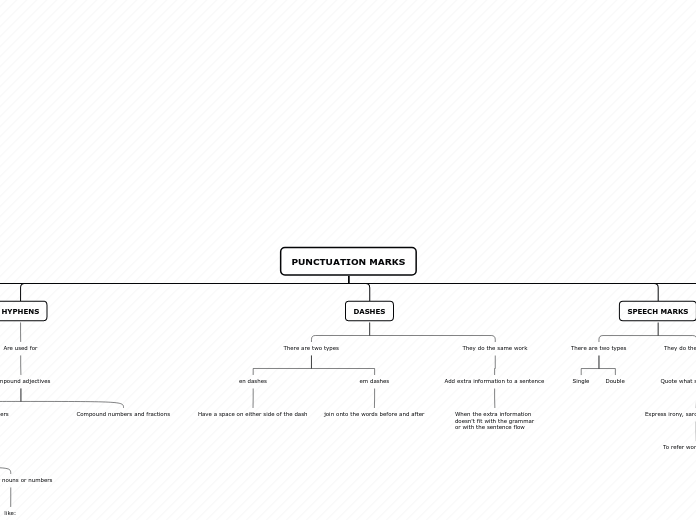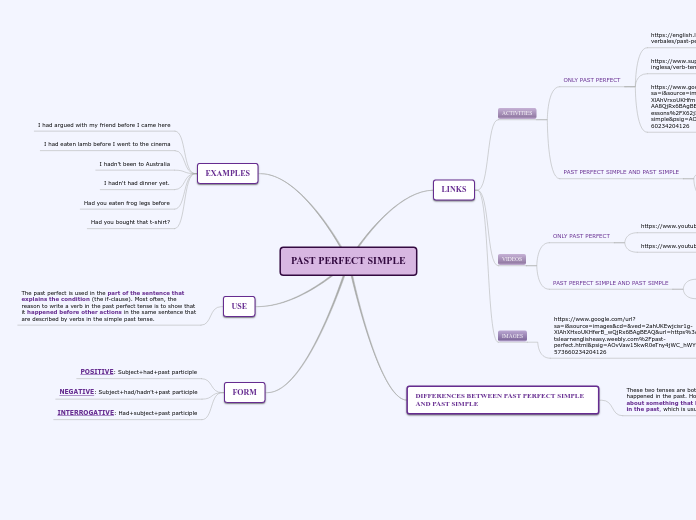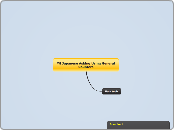PUNCTUATION MARKS
BRACKETS AND
PARENTHESES
Are named too as
Round brackets
When we want to add further explanation,
an afterthought, or comment that is to do
with our main line of thought but distinct from it.
Square brackets
special purposes,
such as in technical
manuals.
QUESTION MARK
They could
Appear within sentences
not use a question mark for reported questions
Is used
At the end of all direct questions.
Including
Long questions
EXCLAMATION MARK
is used to
Express exasperation,
astonishment, or surprise.
Emphasize a comment or short, sharp phrase.
Are used
Sparingly if at all.
SPEECH MARKS
Quote what someone said
Express irony, sarcasm or scepticism
To refer words as words
Double
Single
DASHES
They do the same work
Add extra information to a sentence
When the extra information
doesn't fit with the grammar
or with the sentence flow
There are two types
em dashes
join onto the words before and after
en dashes
Have a space on either side of the dash
HYPHENS
Are used for
Compound adjectives
Compound numbers and fractions
Compound words with numbers
For some prefixes
with proper nouns or numbers
post-1950
anti- European
like:
ex-
non-
self-
APOSTROPHE
Replace a missing letter
Shows possession
Plural letters
SEMICOLON
Finish sentences but it
connects with the next one
COLON
Have one main job
Introduce examples, explanations or details
COMMA
Have three main jobs:
Separate items in a list
Used in certain conjuctions
Add non-essential information to a sentence
PERIOD
Is used for
Finish sentences
Abbrevations that
Sometimes need the period.
Always need a period.









